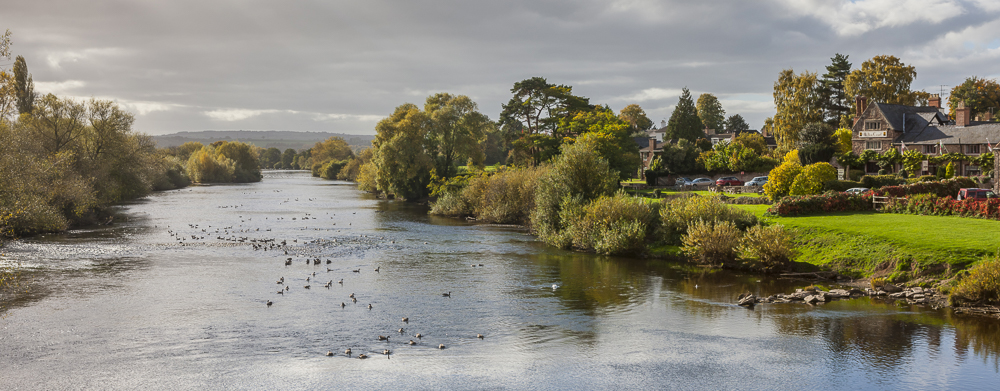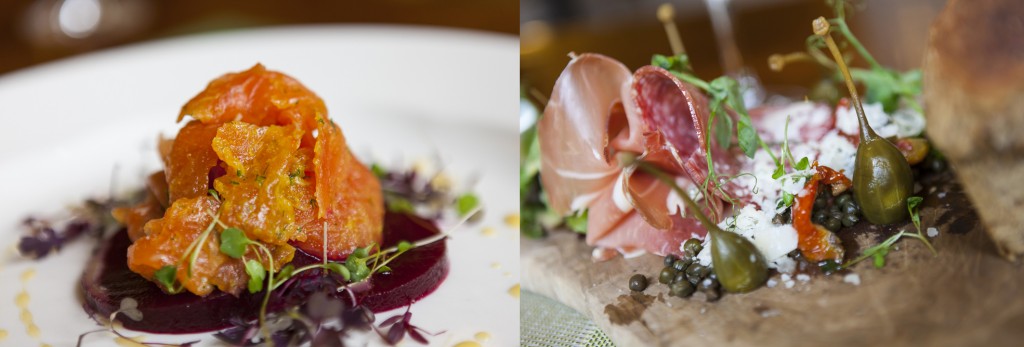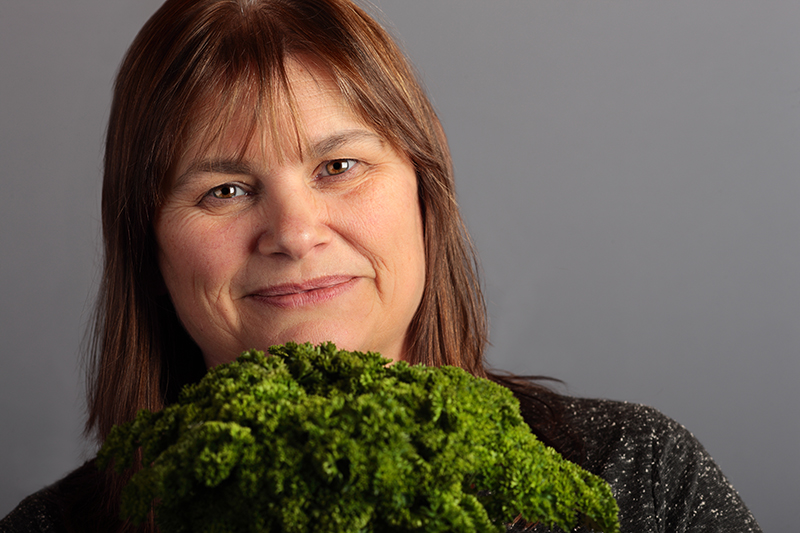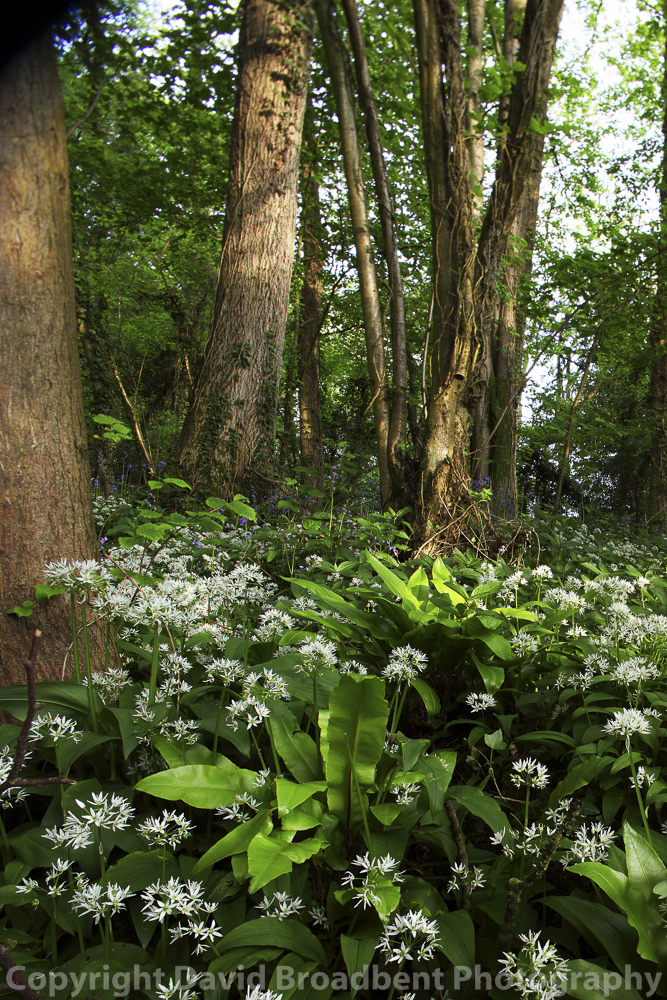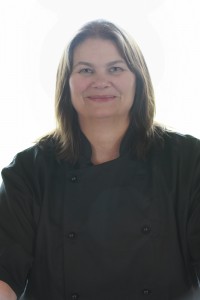Venison is the altar boy of meats, often left in the shadow of products more familiar to the British table. For many it’s seen a niche product or, worse, one reserved for the “posh” hunting and shooting brigade. But, just for a moment, let’s look at wild venison against the checklist of ethical farming issues
Has it had a good natural life with the freedom to roam and fulfil its natural behaviours? – Tick
Has it had the opportunity to breed naturally? – Tick
Has it fed on a purely organic diet? – Tick
Is it low in harmful fats? – Tick
Has it been free from medication with antibiotics during its life – Tick
So what’s the problem with wild venison and why isn’t it our meat of choice for the celebration table. Well for some, it is. But for others, you’ll hear any manner of reasons: too difficult to get hold of, too expensive, don’t know how to cook it etc.
We believe that one of the barriers to eating venison is that, unlike its supermarket brethren, it’s just a little bit closer to that subject the modern shopper shies away from. Many shoppers like a few reality filters between their main protein source and its origins. Vac packed and jointed, displayed under lights intended to enhance the colour is IN, hanging in the butcher’s window with its beady eye looking out from the head which is still firmly attached is – OUT! For many, being too close to where our food actually comes from is an uncomfortable place to be in animal loving Britain. Somehow we have confused the whole process. A process that is fairly straightforward. If we choose to eat animal meat, the animal in question has to die to service that need. That’s not a revelation; it’s just the plain, simple truth but one that many prefer not to have to think about.
What defines and justifies the civilisation of the whole process is how the animal meets its end. Spend any time at all with an experienced stalker and many are struck by the unexpected order of priorities they have. Any ideas on the top one (apart from safety)..? Clean shot, is the answer. If you can’t kill it outright and humanely – don’t shoot. That equates to “get it right or go home hungry”. If, for some reason, something does go wrong – there is a responsibility to end further suffering without delay.
The Daily Mailers amongst the population love to hate the hunting, fishing mob, assuming perhaps that they are rolling in it (the truth is much different). That it’s cruel and inhumane to making killing into a sport, that’s its just obliteration of the wildlife in the pursuit of pleasure. But there is a wildlife and environmental case for controlling deer. Humans, we, long since euthanized any natural predator the deer had to keep their numbers within the natural balance of a given area. Mainly we did that for profit, so that “we” could use the deer as property to be reserved for the rich. So now, unchecked, and in ideal habitat conditions like the Forest of Dean & Wye Valley, they thrive. They thrive in numbers and densities that can affect overall health of the wild herd. Over grazing strips large areas of available food and that can lead to poor condition and even starvation. That grazing also has a real and serious impact on some of the area’s we have decided to save against the plough or development. No objective scientific review has concluded that the numbers should simply be allowed to do their own thing.
Why is it that, as a nation, we tend to demonise the hunter who takes what he or she needs for the table whilst we are happy to accept the role of the slaughter man who brings daily death on a wholesale scale? Why have we become distanced from the ways in which our protein is harvested?
Inconsistency of consumption
The culling activity goes on continually. The activity is timed according to the natural rhythms of the beast, is done by expert shots in as humane a way possible. The Forestry Commission cull on land under their control (although our area in the DeanWye is so rich in habitat that large tracts of the land are not in the hands of such a responsible landowner – local councils for example). The vast majority of the culled wild venison on Forestry land is gathered together at central points for onward distribution to the national food chain.
Wouldn’t it be great if the food miles where reduced and more of that meat was retained in the local economy for us all to enjoy?
We asked Rob Cox, Head Chef at the Tudor Farmhouse Hotel for a few venison tips. Here’s what he had to say:
In my view venison is best roasted especially the saddle. The haunch is also best roasted but it needs to be butchered correctly to remove sinew and end up with a tender piece of meat.
The shoulders can be braised but they are so lean it can become dry because of the lack of fat on the beast. With that in mind I like to mix in some pork belly and mince it to make sausages.
My favourite way though is a tartare seasoned with shallot, gherkin and tabasco and served with beetroot, horseradish cream, pickled berries and chestnut.
For a dinner I would go for roasted saddle with smoked bacon, red cabbage, Brussel sprouts and a few wild mushrooms.

